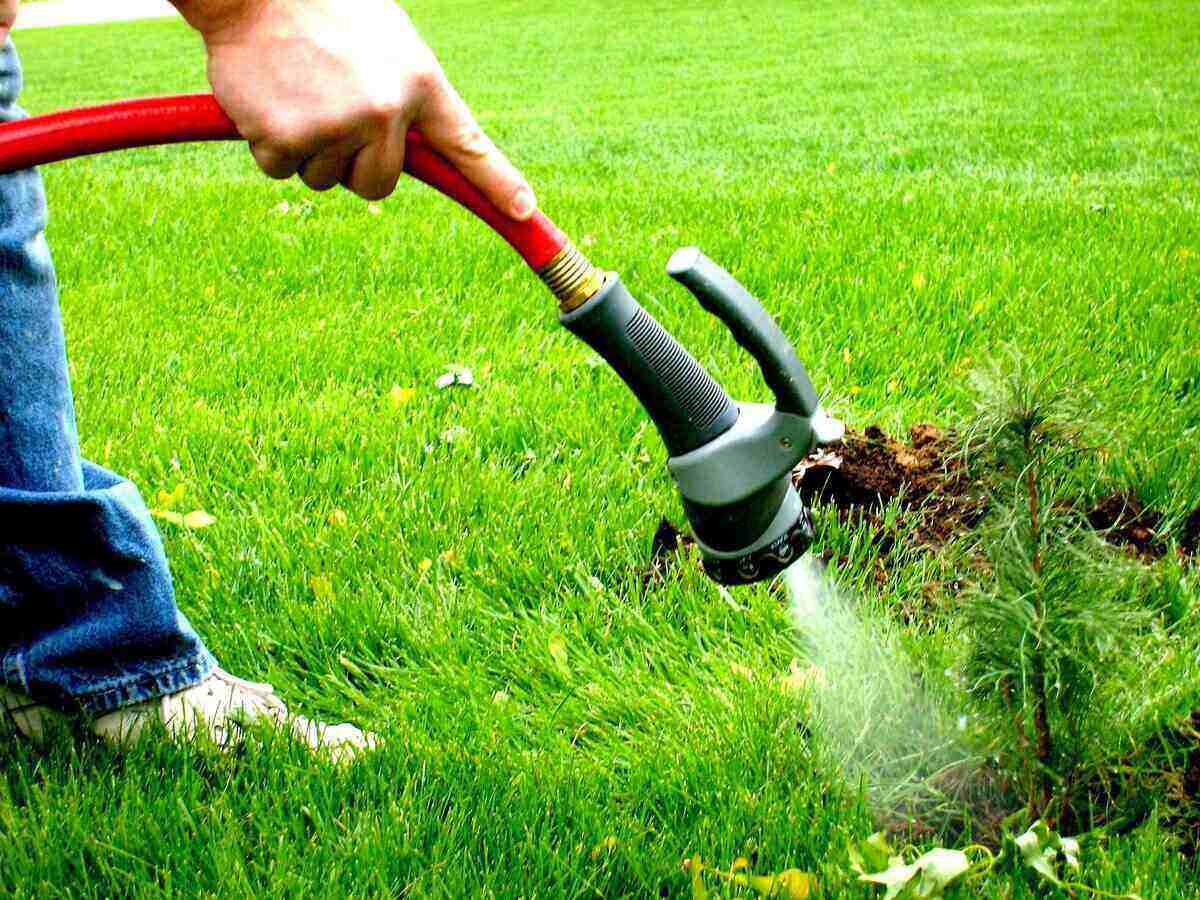
How do you keep your Jacksonville yard lush? Part of maintaining a healthy lawn is watering it properly, and that’s especially true in Florida’s hot climate, where you can water only on certain days of the week. But there’s more to it than that. Here are 5 tips for watering your Jacksonville lawn.
- Know Your Watering Schedule
- Match Your Irrigation System to Your Needs
- Check Your Soil and Grass
- Water Your Lawn Early in the Day
- Take Note of Your Surroundings
- FAQ About Watering Your Lawn
1. Know Your Watering Schedule
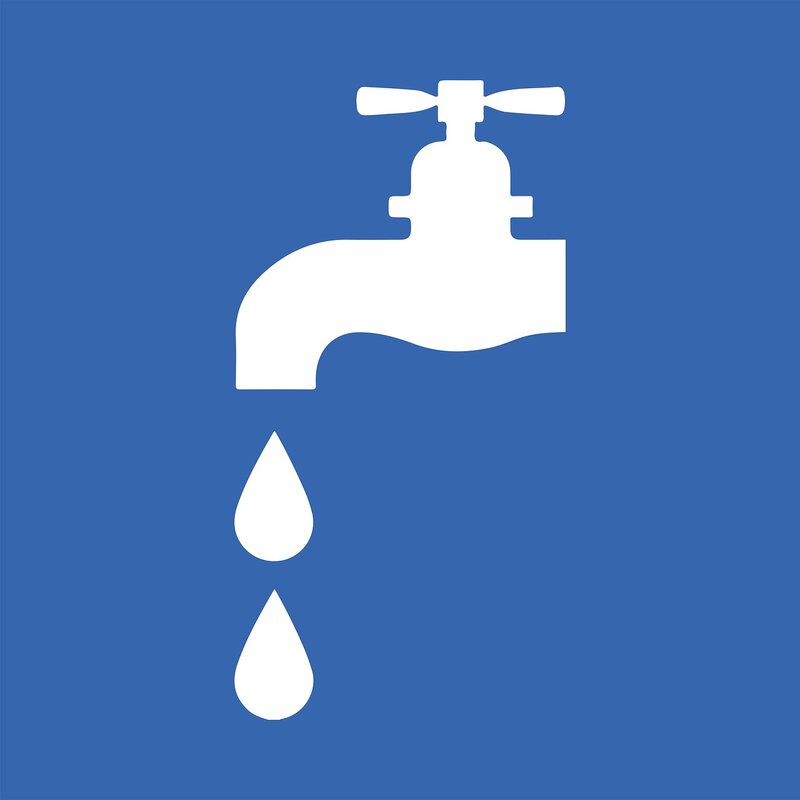
Nearly all of Jacksonville has year-round water restrictions, as most of the city is governed by the St. Johns River Water Management District. This regulatory agency is in charge of preserving the district’s drinking water and natural bodies of water.
The imposed water restrictions are dual-purpose: They conserve water and prevent fertilizer and other chemicals from being washed away into water sources.
Here are Jacksonville-area water restrictions:
- Property owners with automatic irrigation systems can water their lawns only on their assigned irrigation days.
- During Daylight Savings Time:
- Odd-numbered addresses, those ending in N-Z, and those without an address: Wednesdays and Saturdays
- Even-numbered addresses and those ending in A-M: Thursdays and Sundays
- Non-residential properties: Tuesdays and Fridays
- During Eastern Standard Time:
- Odd-numbered addresses, those ending in N-Z, and those without an address: Saturdays
- Even-numbered addresses and those ending in A-M: Sundays
- Non-residential properties: Tuesdays
- During Daylight Savings Time:
- Homeowners can’t water their lawns from 10 a.m to 4 p.m.
- Homeowners can only irrigate their yards with ¾ of an inch of water for an hour max.
There are a few exceptions, though. These restrictions don’t apply if:
- You’re hand watering or using micro-spray, micro-jet, drip, or bubble irrigation systems.
- You’re using reclaimed water, recycled water, or water from heating and cooling systems.
- Your irrigation system needs to be tested during maintenance and repairs, but only for a maximum of 20 minutes.
If you have a new landscape, you can also irrigate it anytime for 30 days maximum and then every other day for 30 days more if needed to make sure it gets enough water.
To learn more about these restrictions, check out the City of Jacksonville’s homeowner’s guide.
2. Match Your Irrigation System to Your Lawn’s Needs
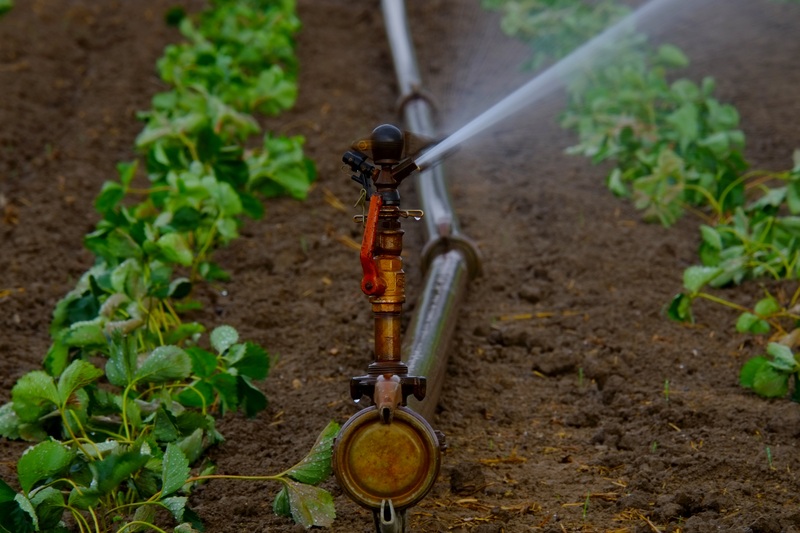
Is your Jacksonville yard relatively small? It might be wise to switch to hand-watering. Hand-watering is also good if your garden consists mostly of delicate flora or lots of potted plants.
If your yard is on the larger side – especially those with trees – then you’ll benefit from an automatic irrigation system, like sprinklers.
Note: You should install your irrigation system with a rain sensor device, as it’s required by the Irrigation Ordinance. The rain sensor will stop irrigation systems from going off if there’s sufficient rainfall.
3. Check Your Soil and Grass
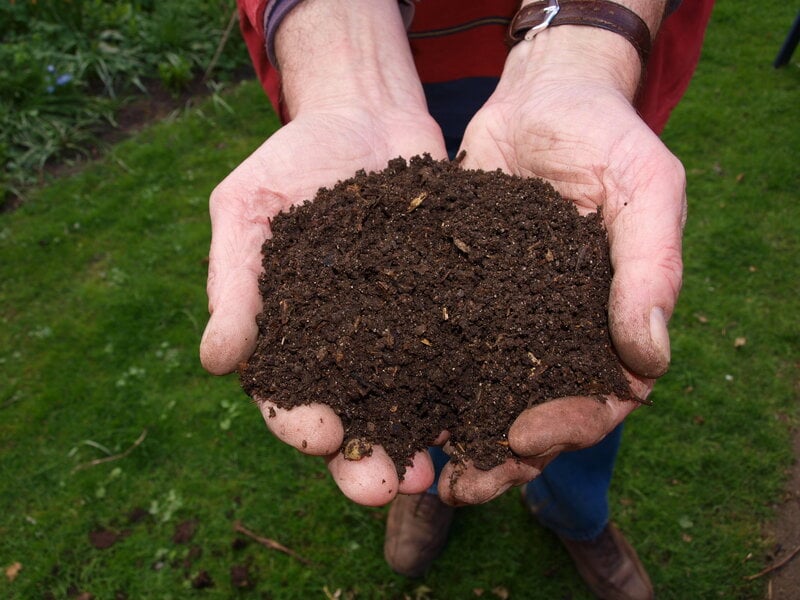
No matter what type of irrigation system you use, you should check your soil and grass before watering your lawn. Overwatering your lawn is worse than letting it dry out for a few days. It fosters diseases, particularly those caused by fungi.
Overwatering also discourages your grass’s roots from digging deeper into the soil, which weakens the root system and makes it less drought-resistant. Shallow root systems also make your turf more vulnerable to diseases and pests.
Your soil should be dry to a depth of 1 inch before you water again. As for your turf, watch out for these signs your grass needs watering:
- Grass blades fold up
- Wilting
- Grass turns blue-gray
- Footprints don’t disappear after you walk on the grass
If you don’t notice these signs, then you will probably be able to hold off until the next irrigation day.
If you’re worried about rain but still don’t see these signs, you should wait until your next watering day, too. Overwatering is more dangerous than underwatering.
Pay extra attention to the grass under trees, as trees tend to suck up most of the water coming their way. You can hand-water turf under your trees if needed.
4. Water Your Lawn Early in the Day
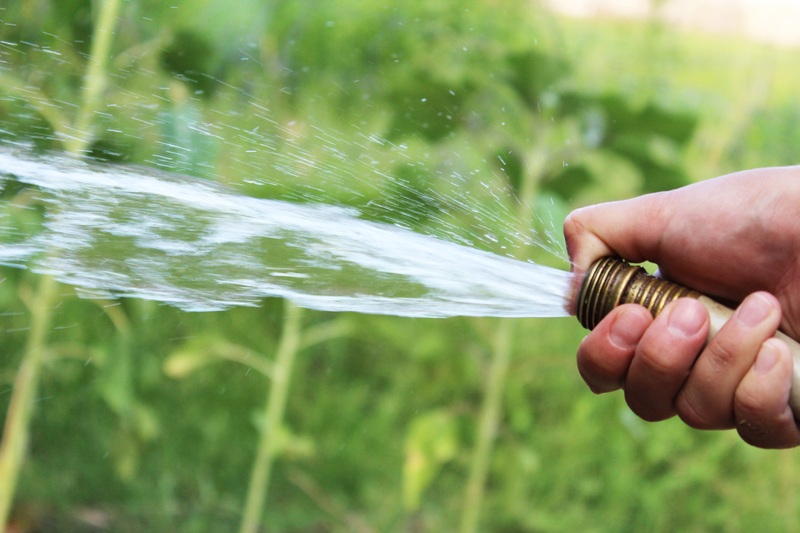
Early morning is the best time of day to water your lawn. Watering early lets your lawn absorb as much water as it can, but without letting it stay wet for way too long (which invites disease).
Watering too late in the morning or when it’s too hot can go one of two ways: Your lawn either gets scalded or the water evaporates before the grass can get its fill.
Watering your lawn later in the afternoon or in the evening solves the evaporation problem, but it then has the issue of not enough evaporation. There’s not enough heat for the water to evaporate, leaving your grass wet until the next morning.
5. Take Note of Your Surroundings
If you want to make sure that your lawn gets watered properly, look at your surroundings. What this means is to take note of the conditions of your lawn, the weather, and your irrigation system.
If your lawn is on a slope, then use a low-volume irrigation system so that the water doesn’t run off the turf and leave your grass parched.
Another thing to watch out for is wind. If it’s windy, then it’s better to postpone watering until the wind has calmed down a bit; the wind can displace water droplets, causing overwatering, underwatering, and general water waste.
Lastly, check if your irrigation system is working properly. Leaky or broken sprinkler heads cause water waste.
FAQ About Watering Your Lawn
The City of Jacksonville suggests measuring how much water your sprinkler system is spraying with some straight-sided containers, like tuna cans. These containers are meant to catch water from your irrigation system.
Set a timer to see how long it takes for the cans to fill with ¾ of an inch of water. Then, adjust your watering time, so you don’t go above the ¾-inch mark.
You can first pick out turfgrass that doesn’t need to be watered as much and can handle drought well. Some of Jacksonville’s most common grass types are drought-resistant.
You also can look into Florida-friendly landscaping or xeriscaping to reduce your lawn’s water use.
Bahiagrass is one of the least thirsty turfgrass species, but many of the most common grasses in Jacksonville homes can tolerate drought.
Don’t panic! Many warm-season grasses go into dormancy during drought conditions and during the colder months, but they’re still alive.
However, before you celebrate, you should rule out other causes, like landscape pests and diseases, especially if only patches of grass are turning brown rather than the whole turf.
How To Keep Your Jacksonville Lawn Healthy and Hydrated
Watering your Jacksonville yard is only one step in maintaining its beauty. As a Jax homeowner, you also need to care for your lawn in other ways, like mowing, dethatching, and aerating your yard.
While you can do this yourself, you might want to free up your time for other things, like family trips, hobbies, and relaxation. LawnStarter takes lawn care off your to-do list. Connect with one of our Jacksonville lawn care pros to have your lawn cared for with minimal effort from you.
Main Photo by: nicgep114 / Flickr / CC BY 2.0